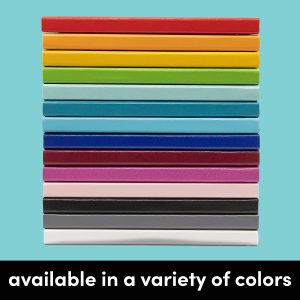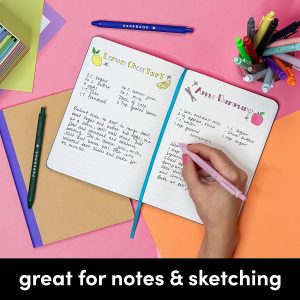The power of booklets lies in their ability to distill information, convey messages, and engage audiences in a compact and impactful format. Here are some key aspects that showcase the power of booklets:
- Concise Communication: Booklets excel at delivering focused and concise information. They allow you to communicate key points, insights, and instructions without overwhelming the reader with unnecessary details.
- Accessibility: Booklets are easily accessible to a wide range of audiences. They don’t require extensive reading time, making them suitable for busy individuals, learners with limited attention spans, and people seeking quick information.
- Engagement: The tactile experience of holding a booklet and turning its pages engages the reader’s senses. This physical interaction encourages a deeper connection to the content, enhancing comprehension and retention.
- Visual Impact: Booklets combine text with visuals, such as images, diagrams, and infographics. These visuals enhance understanding and provide an aesthetic dimension that makes the content more engaging and memorable.
- Portable and Shareable: Booklets are portable and lightweight, making them easy to carry and share. They can be handed out at events, conferences, workshops, and meetings, facilitating the spread of information.
- Focus on a Targeted Audience: Booklets allow you to tailor your message to a specific audience. By addressing a niche topic or providing specialized insights, you can connect with readers who are genuinely interested in your content.
- Cost-Effective: Compared to producing full-length books or elaborate materials, creating booklets is often more cost-effective. This makes them a viable option for organizations and individuals with limited resources.
- Versatility: Booklets can serve various purposes, from educational tools and event programs to marketing materials and artistic expressions. Their versatility allows you to adapt them to different contexts.
- Influence and Persuasion: Booklets can be persuasive tools, presenting arguments, case studies, and evidence in a structured manner. They can influence opinions, encourage action, and inspire change.
- Curated Content: Booklets allow you to curate content and present it in a meaningful sequence. This organization enhances the reader’s understanding and guides them through a thoughtfully crafted narrative.
- Sustainability: Eco-friendly practices in booklet production contribute to sustainability. By using recycled paper, responsible inks, and minimal packaging, booklets can align with environmentally conscious values.
- Bridge Between Digital and Physical: Booklets can be used as a bridge between the digital and physical worlds. They can contain QR codes, augmented reality elements, or URLs that direct readers to additional online resources.
- Memorability: The combination of well-crafted content, visuals, and a tactile experience can make booklets memorable. Readers are more likely to remember and share information presented in this engaging format.
- Personal Connection: Sharing booklets is a personal way to connect with your audience. Whether you’re sharing expertise, stories, or art, booklets convey a sense of intimacy that fosters connections.
- Cultural and Historical Value: Booklets can capture cultural moments, historical events, and artistic expressions. Over time, they can become valuable artifacts that document a particular era or movement.
In summary, booklets hold a unique position in communication and information dissemination. Their ability to convey focused content, engage readers, and serve diverse purposes makes them a powerful medium for education, creativity, persuasion, and connection.


























